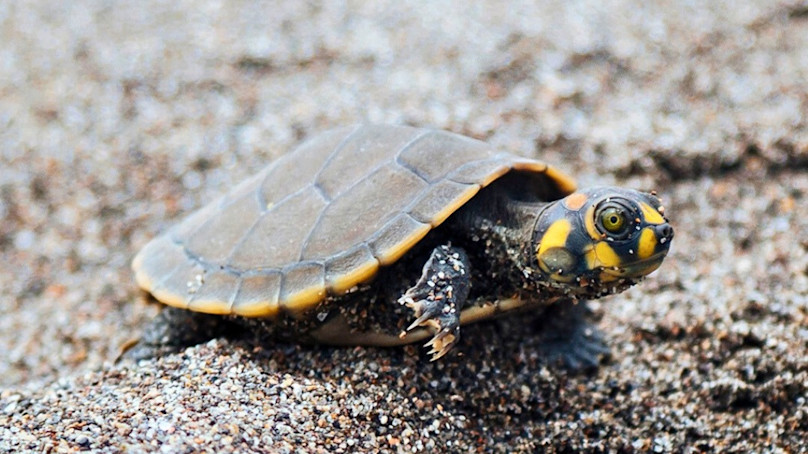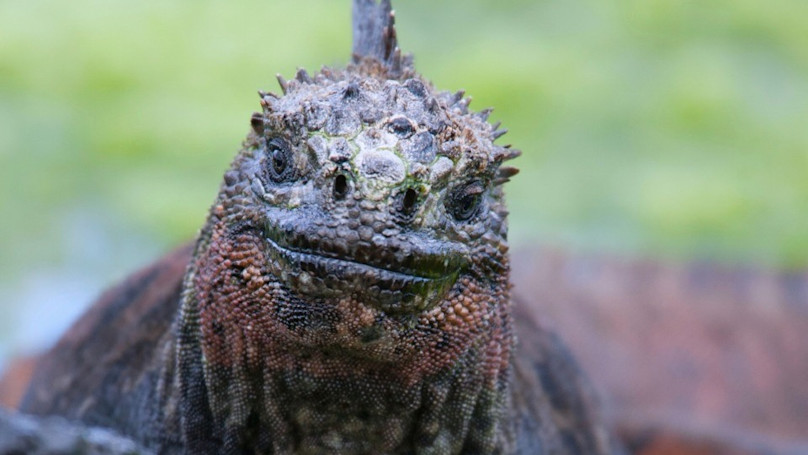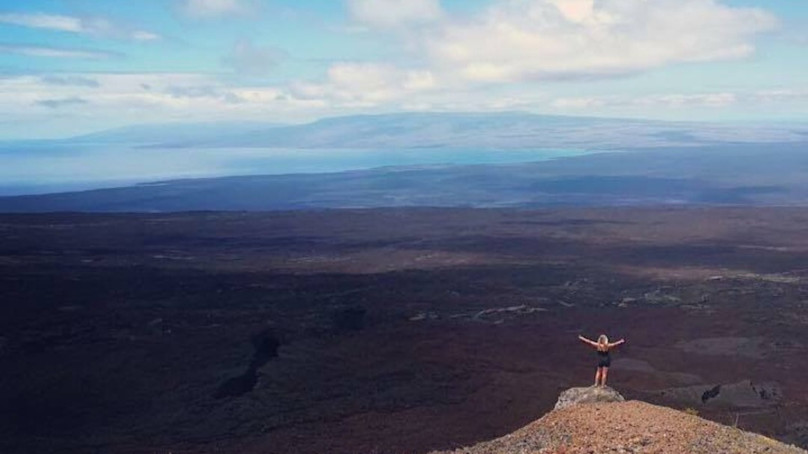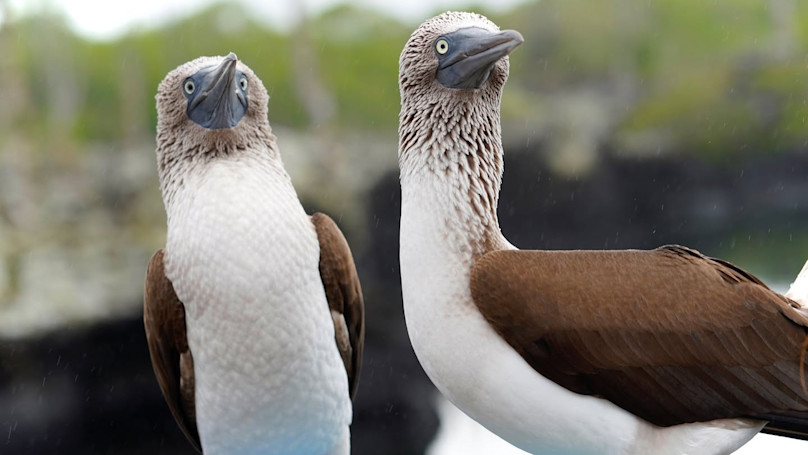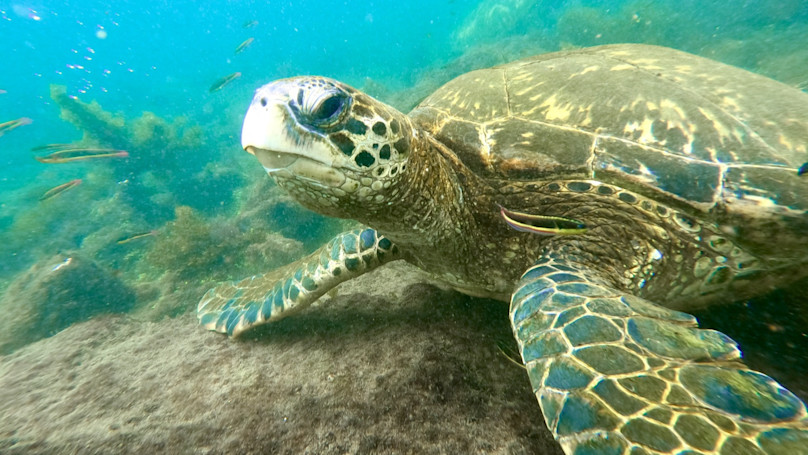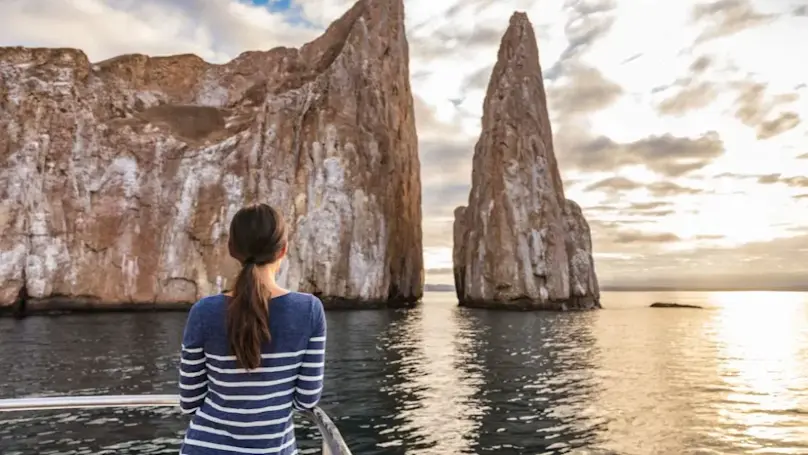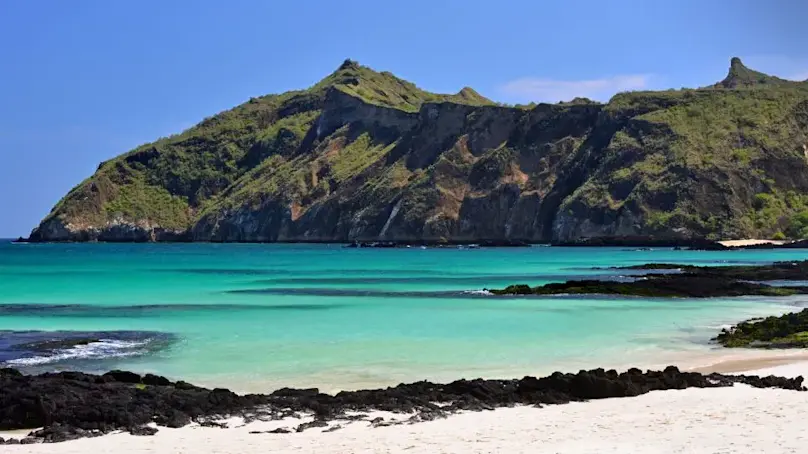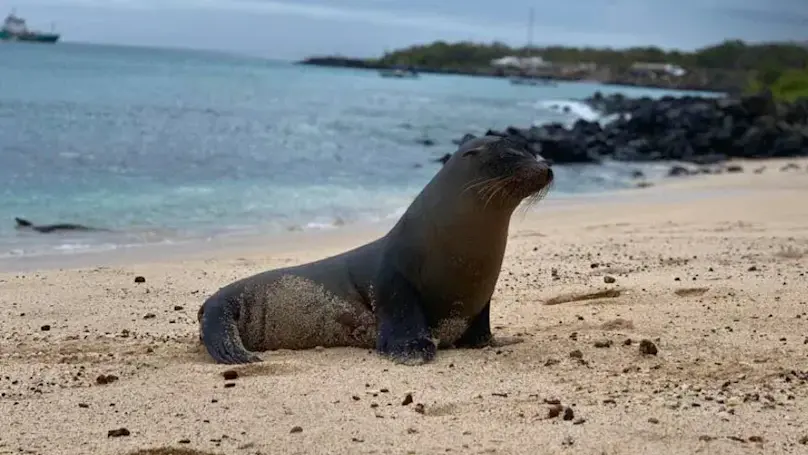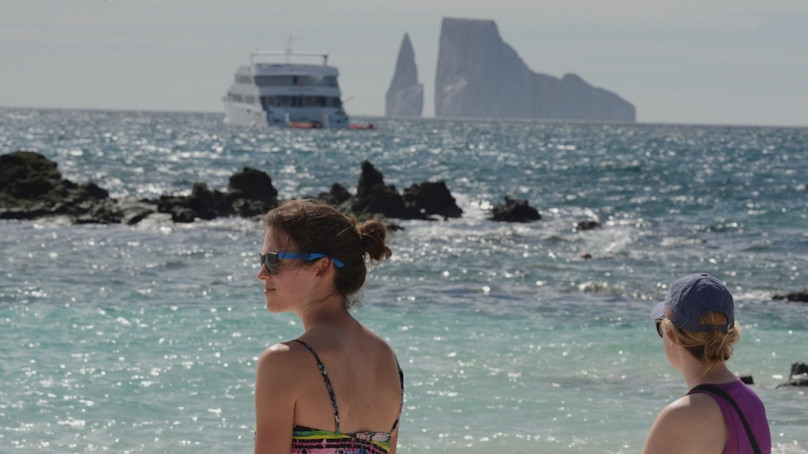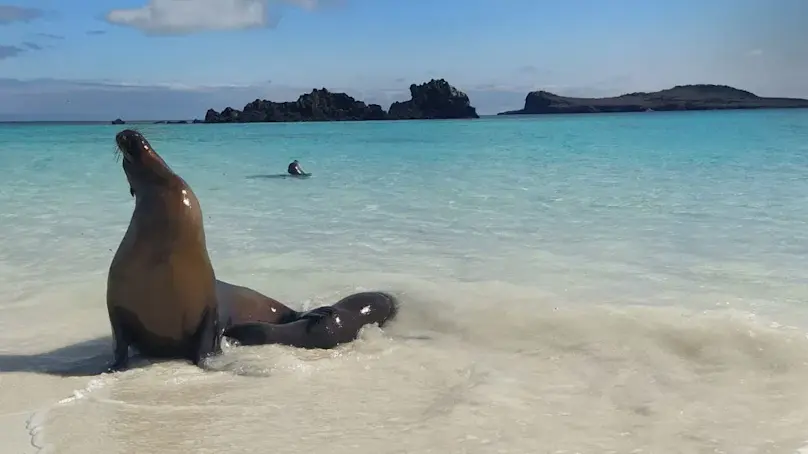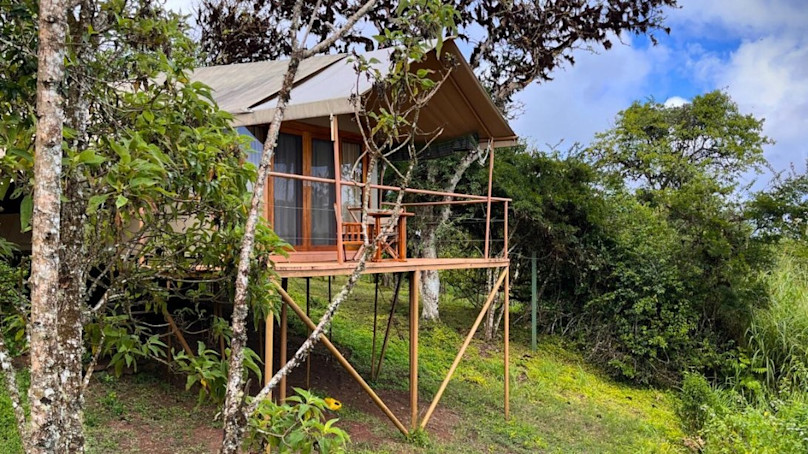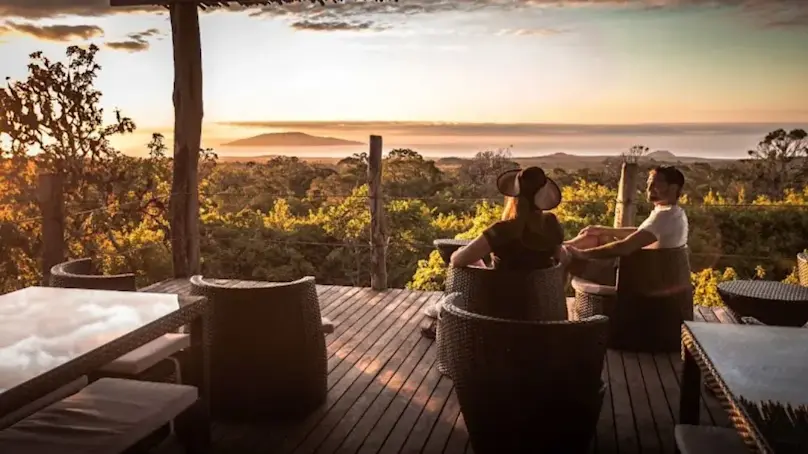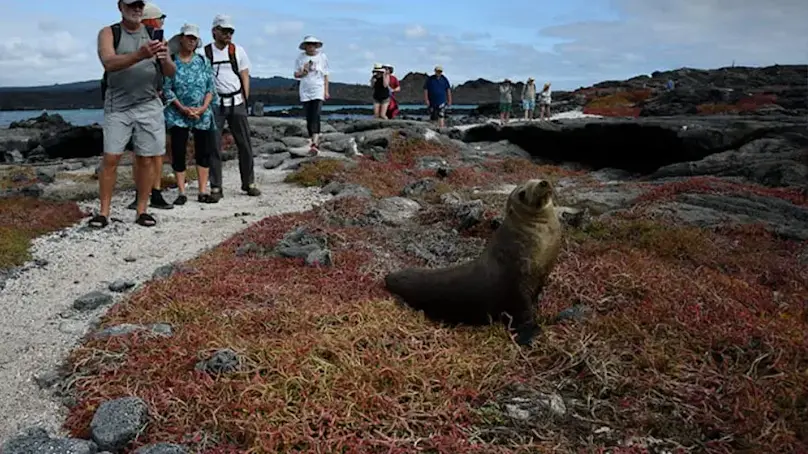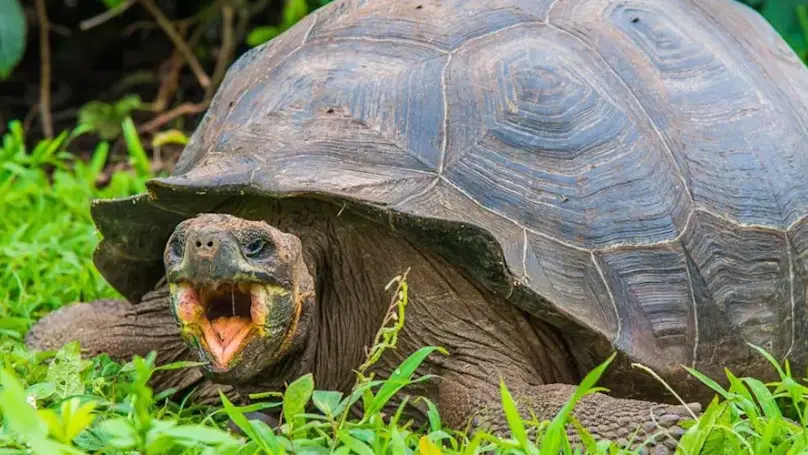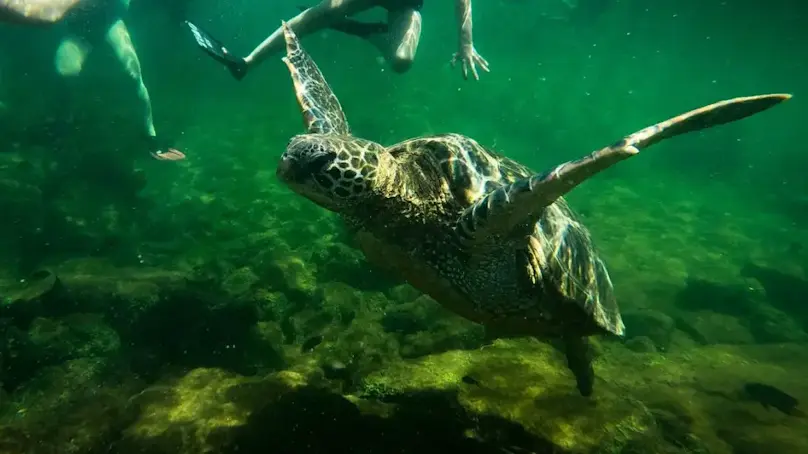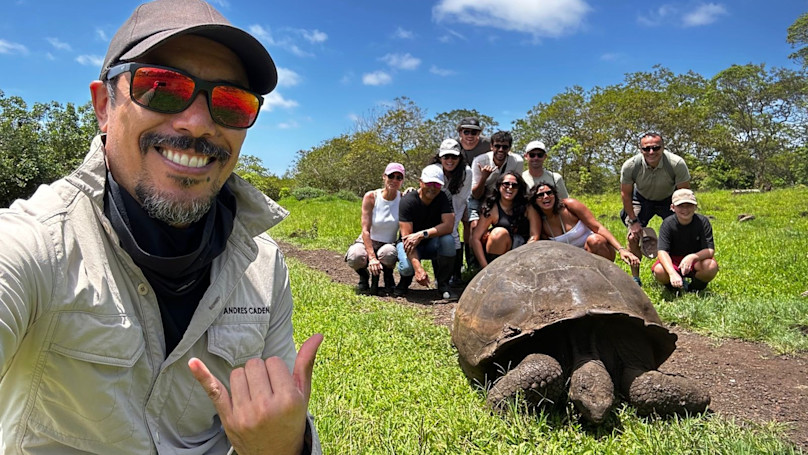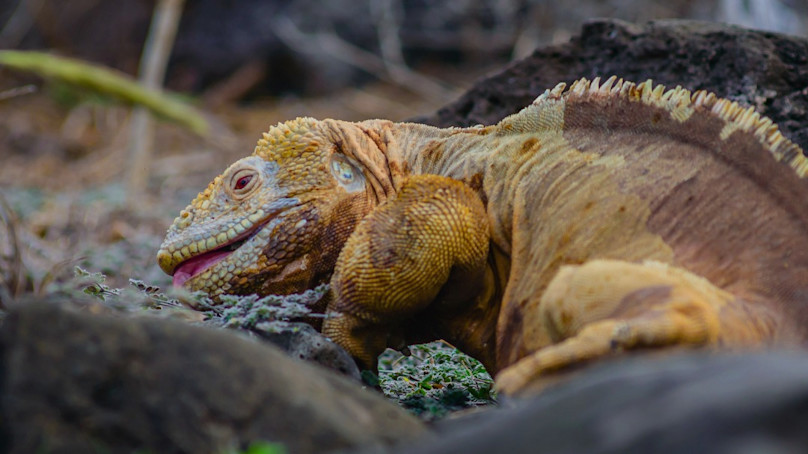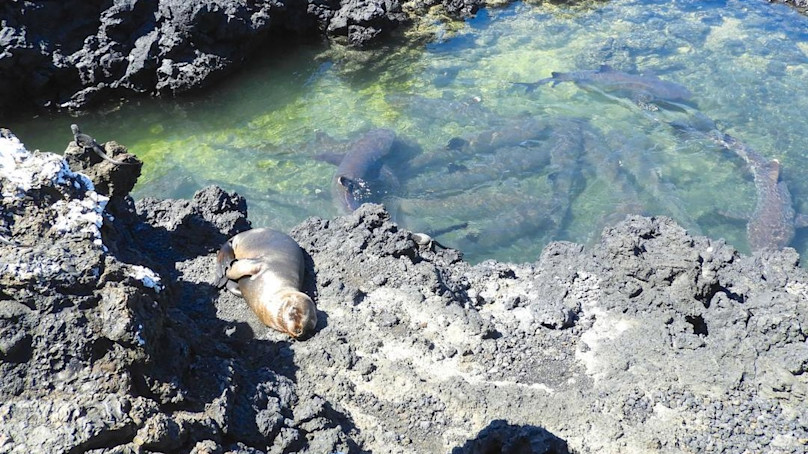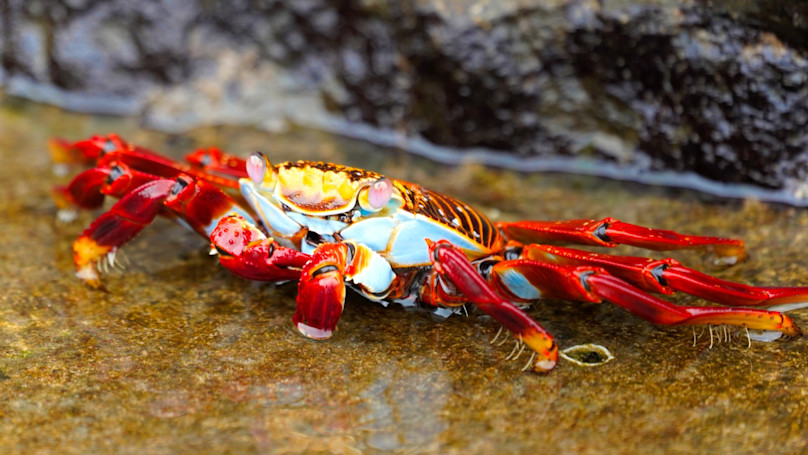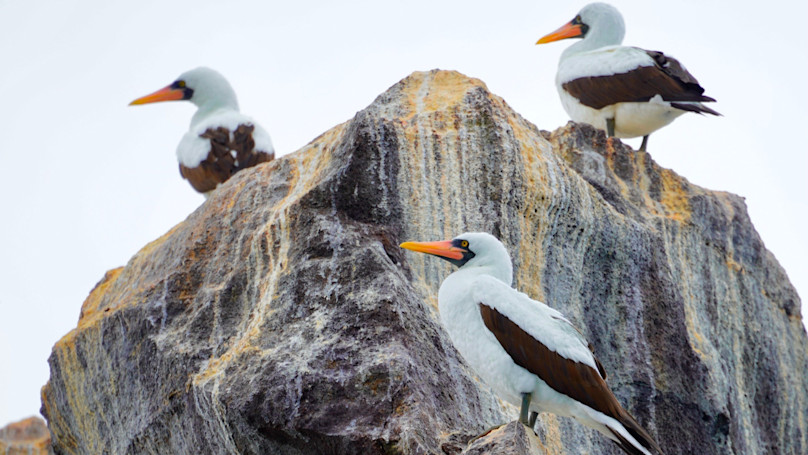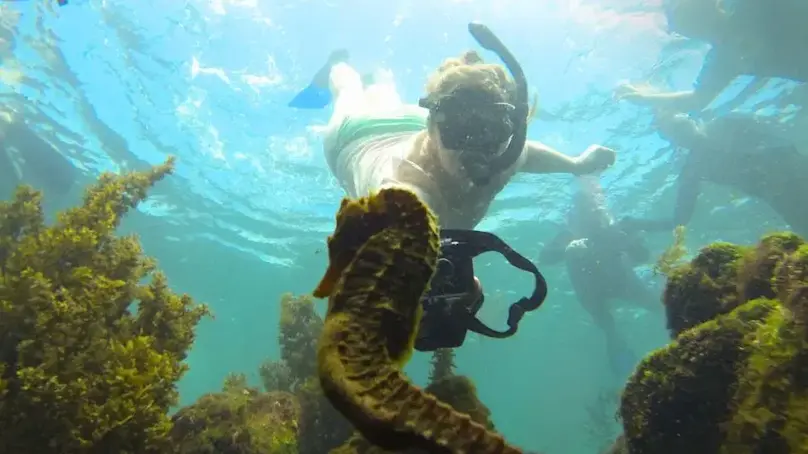Exploring the Avian Wonders of Española Island: A Galapagos Adventure
Drawn by the promise of Española Island’s avian wonders, I embarked on a journey from Puerto Baquerizo Moreno to explore this Galapagos gem. Join me as I recount a day filled with breathtaking wildlife encounters and the serene beauty of the island’s landscapes.
Setting Sail to Española Island
The sun had barely risen over the horizon when I found myself at the bustling pier of Puerto Baquerizo Moreno, the gateway to one of the most enchanting experiences in the Galapagos. As a biologist and conservationist, the allure of Española Island, a sanctuary for some of the most unique avian species, was irresistible. The anticipation was palpable as our small group boarded the boat, ready to embark on a two-hour journey across the azure waters.
The ride was smooth, the ocean a vast expanse of blue, occasionally interrupted by the playful dance of dolphins alongside our vessel. As we approached Española, the island’s rugged beauty came into view, a stark contrast to the gentle waves that lapped at its shores. The island, though small, is a treasure trove of biodiversity, and I was eager to explore its secrets.
A Walk Among Giants
Our first stop was Punta Suarez, a haven for birdwatchers and nature enthusiasts alike. The air was filled with the calls of the Galapagos Albatross, a majestic bird that graces the island during its mating season. Walking along the rocky paths, I was captivated by the sight of Blue-footed Boobies performing their charming courtship dance, their vibrant feet a striking contrast against the volcanic landscape.
The Nazca Boobies, with their stark black and white plumage, nested nearby, seemingly unperturbed by our presence. It was a humbling experience to witness these creatures in their natural habitat, a reminder of the delicate balance that exists in this isolated ecosystem. The colorful iguanas of Española, basking in the sun, added a splash of color to the otherwise monochrome scenery.
Beneath the Waves
After our invigorating walk, we returned to the boat and set sail for Gardner Islet. The waters of Gardner Bay beckoned, promising an underwater world teeming with life. Equipped with snorkel gear, I plunged into the cool embrace of the ocean, immediately surrounded by a kaleidoscope of marine wonders.
Swimming alongside sea lions was an exhilarating experience, their playful nature infectious as they darted around us with effortless grace. The sight of Galapagos sharks gliding silently beneath us was both thrilling and humbling, a testament to the rich marine life that thrives in these waters. Schools of goldfish shimmered in the sunlight, while marine iguanas, the only seafaring lizards in the world, grazed on algae-covered rocks.
As we made our way back to San Cristobal, the sun began its descent, casting a golden glow over the ocean. The day had been a profound reminder of the beauty and fragility of our natural world, and the importance of preserving such pristine environments for future generations. Española Island had indeed lived up to its reputation as a birdwatcher’s paradise, and I left with a renewed sense of purpose in my conservation efforts.
























